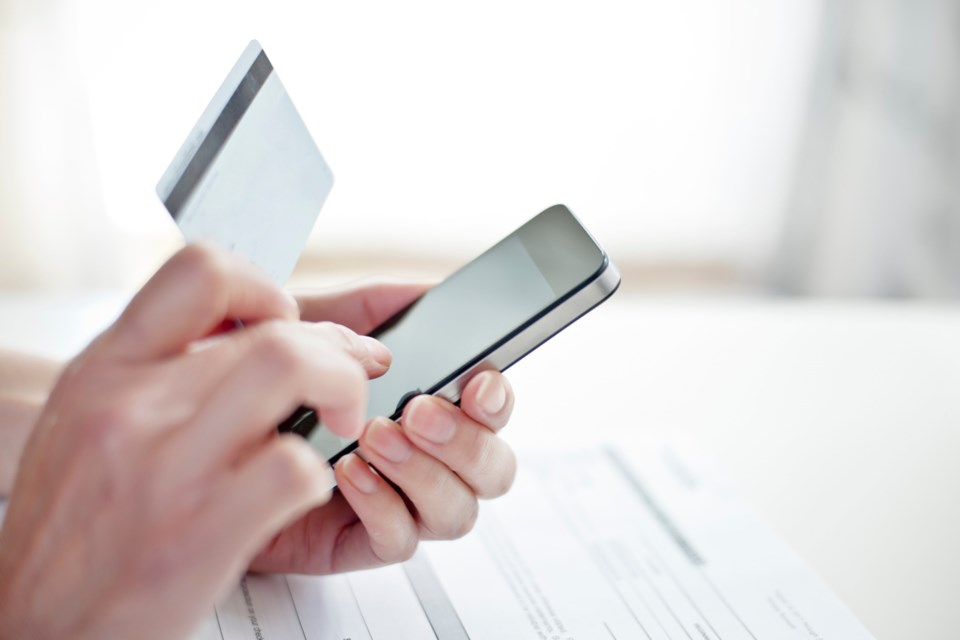In today’s digital age, misplacing your phone or tablet is more than just an inconvenience—it can feel like losing a piece of your identity.
With vast amounts of personal and financial information stored on these devices, the threat of unauthorized access is a serious concern. Protecting yourself requires both proactive and immediate steps to minimize risks and secure your data. Here’s how.
Preventative measures
- Know where your data is stored: wallets store payment information either in the cloud, on the device or on the SIM card. Knowing where the info is stored is helpful in the event a phone is lost or stolen.
- Secure your data: Use strong, unique passwords or biometric locks, like fingerprints or facial recognition, to protect access to your device. Enabling two-factor authentication on your accounts adds an extra layer of security. Never share your PIN or password, and use different passwords for your device and payment approvals.
- Keep devices updated: Regularly update your phone and tablet to ensure you have the latest security patches. These updates often address weaknesses that could be exploited by hackers.
- Lock your devices: Always use a screen lock to prevent unauthorized access. Even a simple PIN or password can significantly reduce the risk of unauthorized transactions.
- Monitor your devices: Keep an eye on your devices and be cautious about where and how you use them. Regularly review your mobile wallet and transaction history for any unusual activity.
Retroactive measures
- Contact your service provider: If your device is lost or stolen, promptly contact your service provider. They can deactivate the device, restore it to factory settings and place it on a national list of stolen devices. This will prevent it from being used on any Canadian mobile network.
- Report to local law enforcement: File a report with local law enforcement to document the loss. This could assist in the recovery of your device.
- Notify financial institutions: If you suspect any unauthorized transactions, contact your bank and credit card companies immediately to block your accounts. This will prevent additional unauthorized transactions and minimize potential damage. They have processes in place to handle such issues and can guide you through recovery steps.
Learn more about how to protect yourself from fraud and unauthorized transactions at canada.ca/money.




